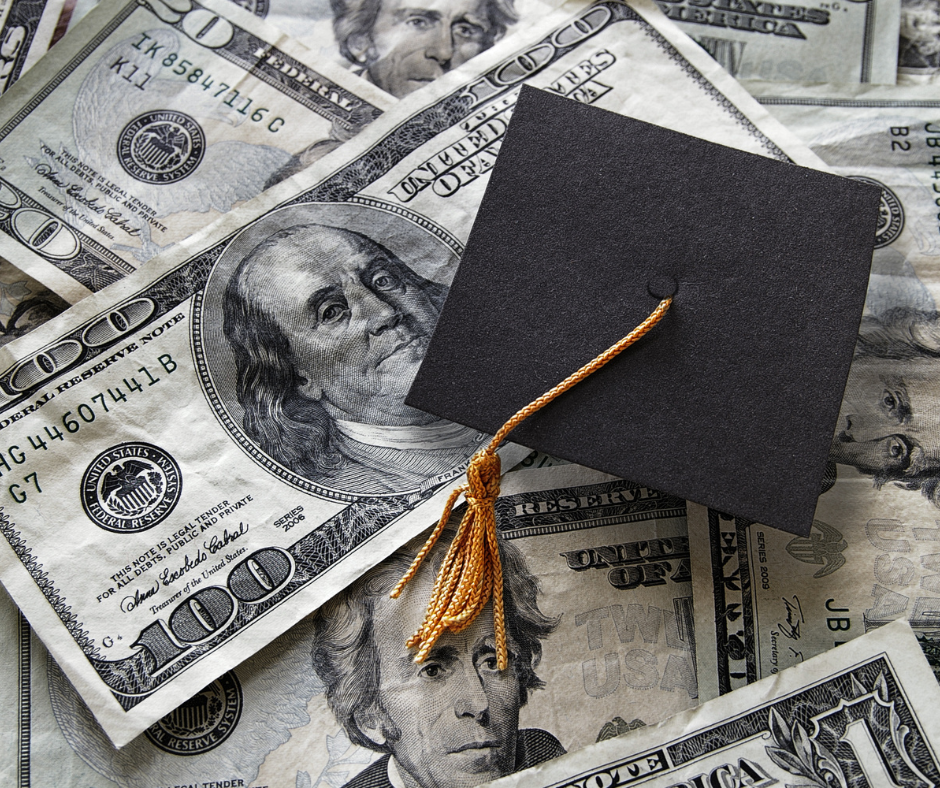
Bankruptcy and Student Loans: What You Need to Know
Navigating the murky waters of financial distress can be daunting, especially when student loans are involved. At The Law Office of Charles H. Huber, as a dedicated bankruptcy attorney in Earth City, I often encounter clients burdened by the weight of student loan debt, uncertain if bankruptcy offers a beacon of hope. This post aims to shed light on the complex relationship between bankruptcy and student loans, highlighting the pathways available for discharging or managing this type of debt.
Understanding the Challenge
Student loans are notoriously difficult to discharge in bankruptcy. Unlike credit card debt or medical bills, federal law requires proving “undue hardship” to eliminate student loan debt through bankruptcy, a standard that is notoriously hard to meet. However, that doesn’t mean it’s impossible.
Struggling with student loan debt? Contact The Law Office of Charles H. Huber for a consultation.
The Undue Hardship Exception
The most crucial concept to understand is the “undue hardship” exception. To discharge student loans in bankruptcy, one must demonstrate that repaying the debt would impose an undue hardship on you and your dependents. While the specific test applied can vary by jurisdiction, most courts use the Brunner Test, which requires proving three key points:
- Poverty: Maintaining a minimal standard of living for you and your dependents would not be possible if forced to repay the loans.
- Persistence: The financial situation that justifies the hardship is likely to persist for a significant portion of the repayment period.
- Good faith: You have made genuine efforts to repay your loans before filing for bankruptcy.
Meeting these criteria can be challenging, but it’s not insurmountable with the right guidance and preparation.
Exploring Bankruptcy Options
For those struggling with student loan debt, there are generally two bankruptcy options to consider: Chapter 7 and Chapter 13.
- Chapter 7 Bankruptcy offers a quicker path and may allow for the discharge of student loan debt if undue hardship is proven. However, because of the stringent criteria, success rates are low without compelling evidence of hardship.
- Chapter 13 Bankruptcy does not typically result in the discharge of student loan debt but can provide a way to manage repayment more effectively. Under Chapter 13, student loans can be included in the repayment plan, potentially lowering the monthly payments for up to five years.
Alternative Strategies
For many, proving undue hardship may not be feasible. However, other strategies exist to manage student loan debt outside of bankruptcy. Income-driven repayment plans, loan forgiveness programs, and even direct negotiation with lenders can provide relief. It’s essential to explore all available options, sometimes in conjunction with bankruptcy, to find a sustainable path forward.
Seek Professional Guidance
The intersection of bankruptcy and student loans is complex, filled with nuances that require professional insight. At The Law Office of Charles H. Huber, we specialize in navigating these intricate pathways. As a bankruptcy attorney in Earth City, I am committed to exploring every avenue to address your student loan debt. Whether through bankruptcy or alternative solutions.


